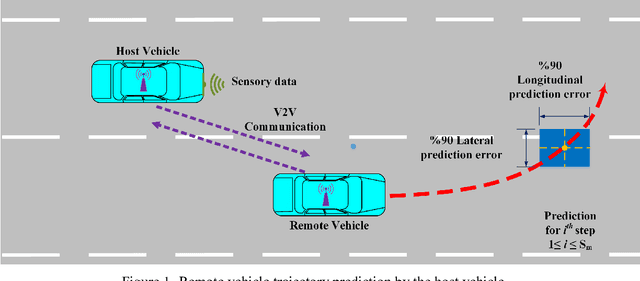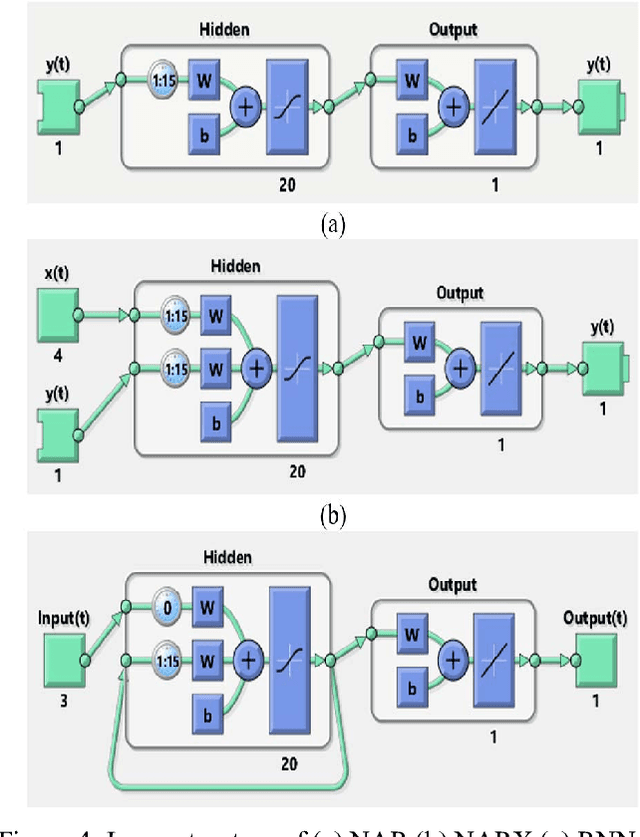A Learning-Based Framework for Two-Dimensional Vehicle Maneuver Prediction over V2V Networks
Paper and Code
Aug 01, 2018



Situational awareness in vehicular networks could be substantially improved utilizing reliable trajectory prediction methods. More precise situational awareness, in turn, results in notably better performance of critical safety applications, such as Forward Collision Warning (FCW), as well as comfort applications like Cooperative Adaptive Cruise Control (CACC). Therefore, vehicle trajectory prediction problem needs to be deeply investigated in order to come up with an end to end framework with enough precision required by the safety applications' controllers. This problem has been tackled in the literature using different methods. However, machine learning, which is a promising and emerging field with remarkable potential for time series prediction, has not been explored enough for this purpose. In this paper, a two-layer neural network-based system is developed which predicts the future values of vehicle parameters, such as velocity, acceleration, and yaw rate, in the first layer and then predicts the two-dimensional, i.e. longitudinal and lateral, trajectory points based on the first layer's outputs. The performance of the proposed framework has been evaluated in realistic cut-in scenarios from Safety Pilot Model Deployment (SPMD) dataset and the results show a noticeable improvement in the prediction accuracy in comparison with the kinematics model which is the dominant employed model by the automotive industry. Both ideal and nonideal communication circumstances have been investigated for our system evaluation. For non-ideal case, an estimation step is included in the framework before the parameter prediction block to handle the drawbacks of packet drops or sensor failures and reconstruct the time series of vehicle parameters at a desirable frequency.
 Add to Chrome
Add to Chrome Add to Firefox
Add to Firefox Add to Edge
Add to Edge